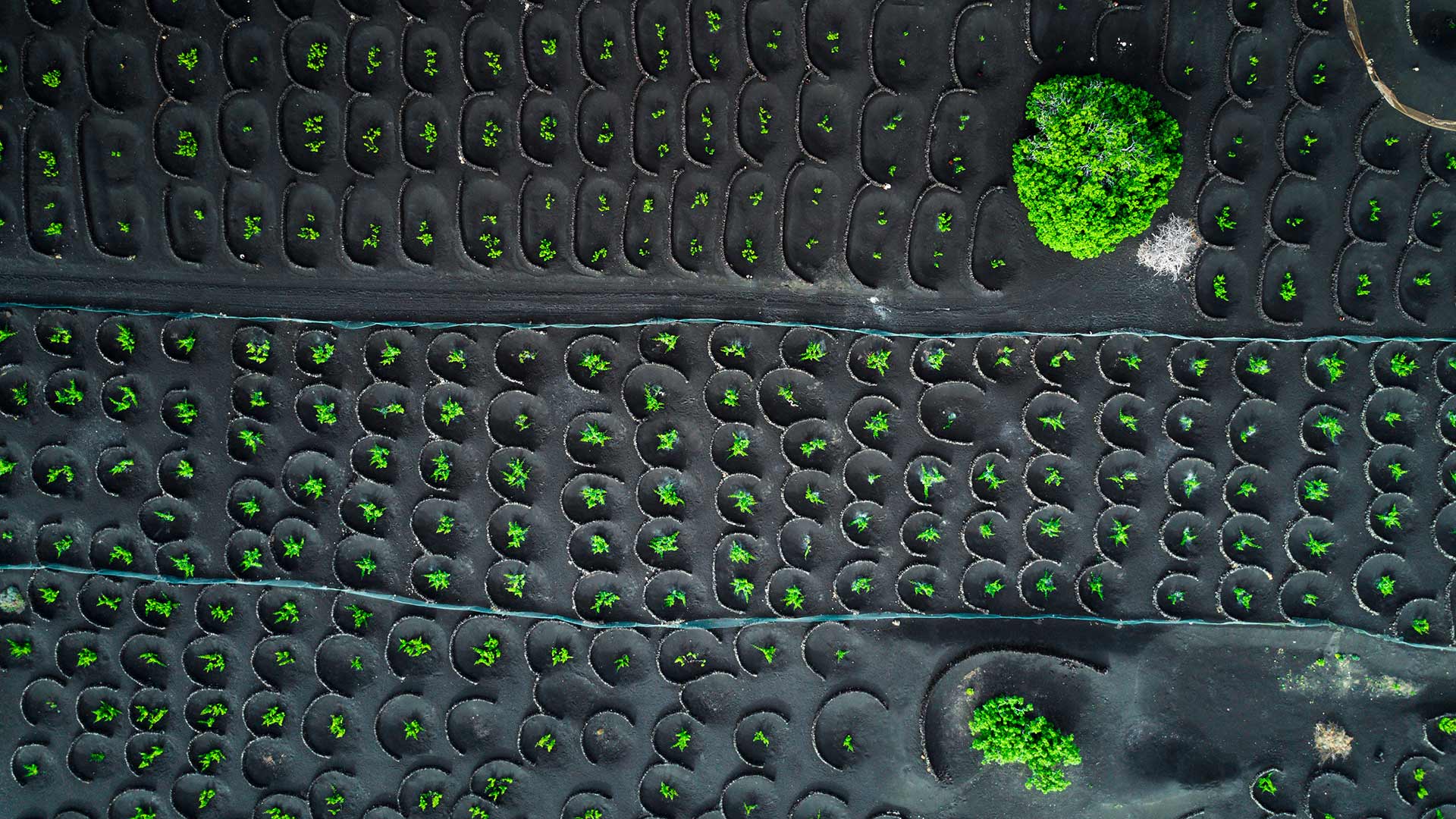The future is bright for renewable energy as waste to energy (WtE) technologies are playing a significant role in shaping the renewable energy landscape. Waste to energy technologies, also known as energy from waste, are processes that convert waste materials into energy sources such as electricity, heat, or fuels.
These technologies have been increasingly gaining attention and investment as the world seeks to reduce its dependence on fossil fuels and mitigate the environmental impact of waste disposal. Waste to energy technologies offer a double benefit – they help to address the growing waste management problem while also generating clean, renewable energy.
One of the most common waste to energy technologies is incineration, where waste is burned at high temperatures to produce steam, which is then used to generate electricity. This method can significantly reduce the volume of waste and its environmental impact, while also producing a valuable energy source.
In addition to incineration, other waste to energy technologies include anaerobic digestion, gasification, and pyrolysis. These processes involve the decomposition of organic waste materials to produce biogas, biofuels, and other forms of renewable energy. These technologies are not only helping to convert waste into valuable energy sources but are also contributing to the reduction of greenhouse gas emissions and the mitigation of climate change.
As the world looks for sustainable and environmentally friendly solutions to its energy needs, waste to energy technologies are poised to play a critical role in the renewable energy landscape. These technologies offer a scalable and efficient way to convert a wide range of waste materials into renewable energy sources, helping to diversify and decentralize the energy supply.
Furthermore, waste to energy technologies provide an opportunity to address the growing waste management crisis, particularly in urban areas where landfills are reaching capacity. By diverting waste from landfills and converting it into energy, these technologies offer a more sustainable and environmentally friendly approach to waste management.
The future of waste to energy technologies is promising, with ongoing research and development efforts focused on improving efficiency, reducing costs, and expanding the range of waste materials that can be converted into energy. As these technologies continue to evolve and become more economically viable, they have the potential to make a significant contribution to the renewable energy mix, alongside solar, wind, and hydroelectric power.
In conclusion, waste to energy technologies are shaping the renewable energy landscape by providing a sustainable solution to waste management and generating clean, renewable energy. As the world continues to search for ways to reduce its reliance on fossil fuels and combat climate change, waste to energy technologies offer a promising pathway towards a more sustainable and environmentally friendly energy future. The future is indeed bright for waste to energy technologies, and their potential to transform the renewable energy landscape is truly exciting.
The Future is Bright: How Waste to Energy Technologies are Shaping the Renewable Energy Landscape



